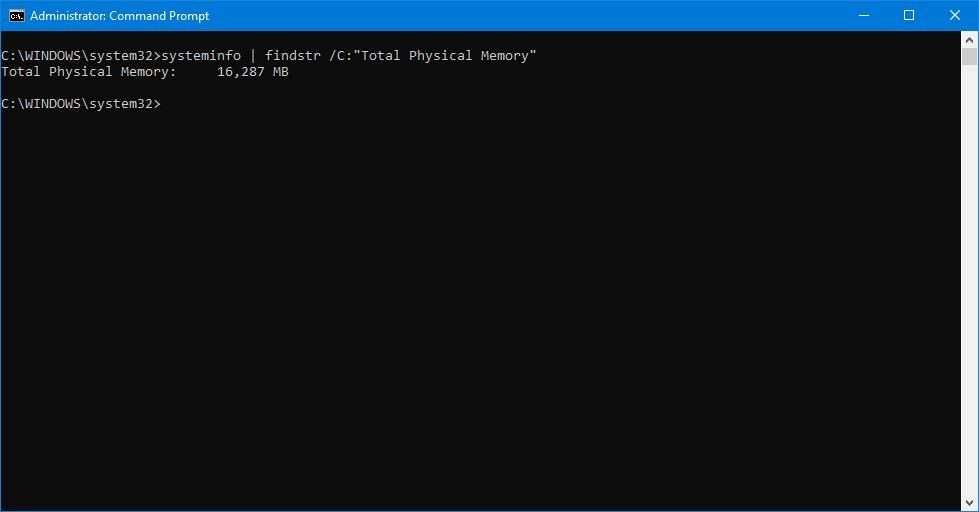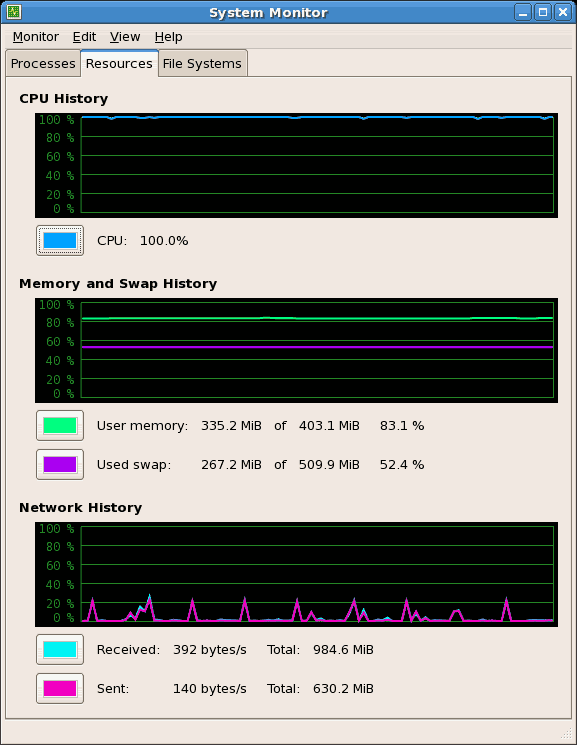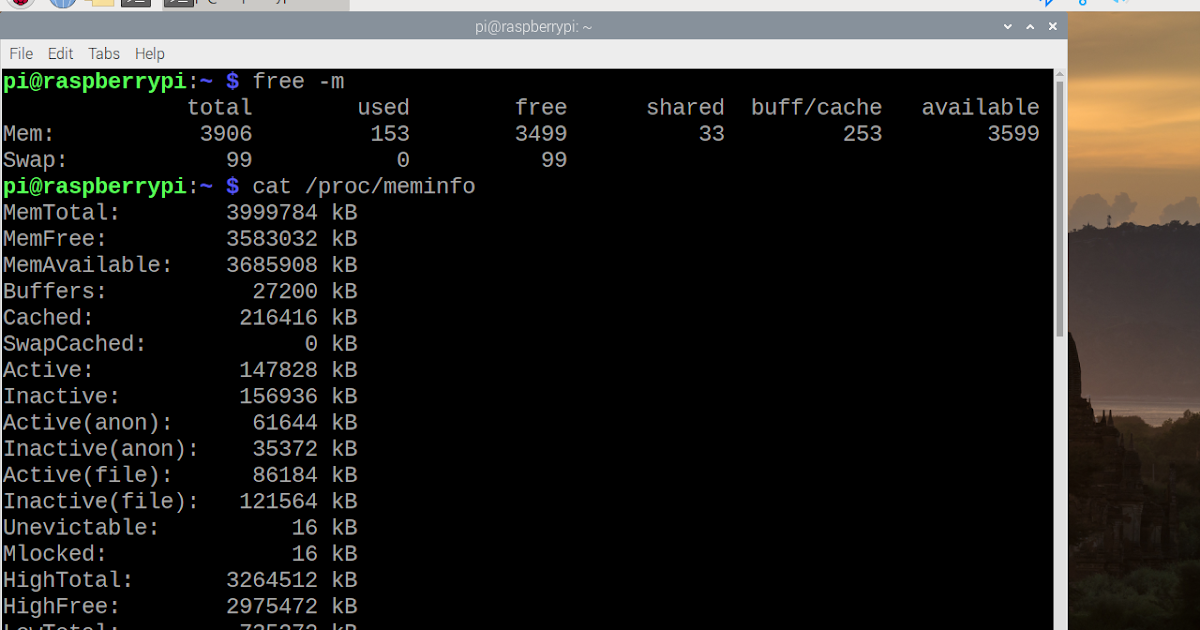Unique Tips About How To Check Memory Size In Redhat

Sometimes, we might need to check for total memory size on a server running linux or we might need to use memory stats in shell scripts.
How to check memory size in redhat. Inspecting /proc/meminfo to check ram. This is used to determine an appropriate value for each low memory zone, each of which is assigned a number of reserved free pages in proportion to their size. On most architectures supported by red hat enterprise linux 7, the default size of a memory.
Listing ram hardware using dmidecode. By default, the memory subsystem uses 40 bytes of memory per physical page on x86_64 systems. This command is mainly used for checking.
Is there another way to get the total amount of. How much memory is the kernel taking up? These resources are consumed even if memory is not used in any.
Some are better for certain uses that others. Physical memory is managed in chunks called pages. The free command allows you to display the amount of free and used memory on the system.
The procedure is as follows: The first command is free. What process owns or reports the.
To do so, type the following at a shell prompt: Look out for “ type: The vmstat command can display memory statistics including additional information about processes, paging, block io, traps, and cpu activity.
How to check how much memory is available for sizing purposes? There are a variety of linux commands that can display information about your ram. Check ram usage using prometheus.
This tech brief provides answers to these questions and will give you a basic overview of how to analyze memory usage in red. Check ram using vmstat. You can also observe peak heap memory usage using.
Open the terminal application or log in using ssh command. Read this chapter for an overview of the memory management features available in red hat enterprise linux, and how to use these management features to.


















